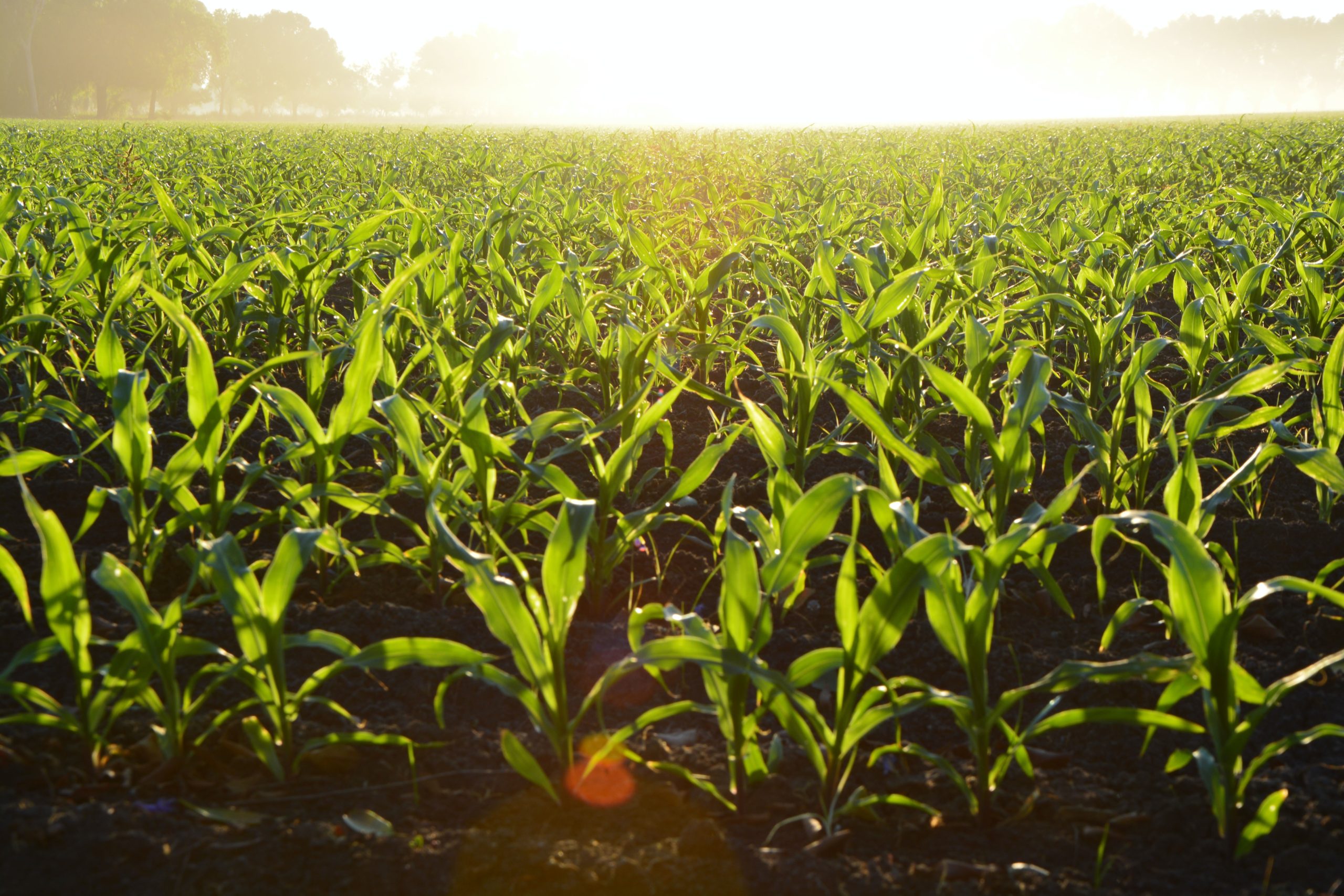New MU guide looks at silage breakeven price

COLUMBIA, Mo. — University of Missouri Extension recently released an updated cost analyzer to help farmers estimate the breakeven price to justify harvesting corn as silage rather than grain.
“Frequently, corn harvested for silage was planted for harvest as a grain crop,” says Joe Horner, an MU Extension agricultural business and policy specialist. Reasons for this change can include feed needs as well as drought and other events that result in poor grain yield.
Horner and MU Extension economist Ray Massey created the guide to help producers take the guesswork out of the decision to harvest corn as a grain or silage. Silage is the harvest of whole corn plants at 60-70% whole plant moisture.
The guide gives options for pricing silage in the field, delivered to storage and delivered to the feed bunk.
Nutrient considerations
Silage and other forage crops remove more nutrients—especially phosphorus and potassium—from the soil than grain cops. If the soil becomes low on nutrients, the producer incurs extra expense to replace them.
Planting corn for silage to deliberately remove nutrients also is an option in intensive manure-spreading areas and where the potential for nutrient runoff exists.
General rules of thumb
Generally, the rule of thumb farmers use is that silage’s value per ton is 8-10 times the price of a bushel of corn. Massey says a factor of 8-9 is used to price silage in the field and a factor of 9-10 for pricing it in storage.
A higher factor is generally used for lower-priced corn and a lower factor for higher-priced corn. “This rule of thumb needs to be reconsidered given current corn and input prices,” says Massey. “Currently, silage priced in the field may be closer to seven times the price of a bushel of corn.”
Another consideration is the dry matter percentage of silage. Most often, price is determined on wet basis—as it stands in the field.
Other considerations
Producers should also consider costs of harvest, shrink, drying, transport and storage. Livestock producers should weigh costs against the cost of other feedstuffs.
Silage harvest requires specialized equipment, including a chopper and wagons.
Also, consider the removal of biomass for silage. The standing crop’s value increases because only the grain is removed rather than the entire plant.
Miss Clipping Out Stories to Save for Later?
Click the Purchase Story button below to order a print of this story. We will print it for you on matte photo paper to keep forever.

